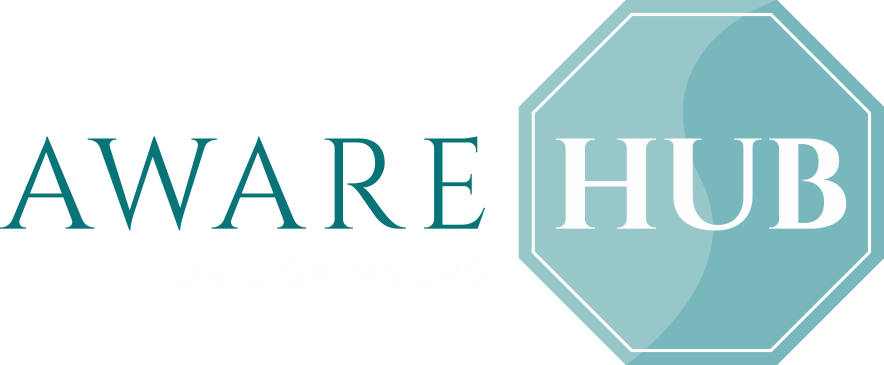Repetitive Transcranial Magnetic Stimulation (rTMS) is a non-invasive brain stimulation technique that utilizes magnetic fields to induce electrical currents in specific regions of the brain. It involves the use of a coil placed on the scalp, emitting brief magnetic pulses that penetrate the skull and stimulate the underlying brain tissue. The mechanism behind rTMS involves the modulation of brain activity, which in turn affects various neurobiological processes.
Brain Areas Involved:
rTMS can target specific brain areas, primarily the cortex, by placing the coil over the desired region. Different brain regions are associated with various functions, and stimulating these regions can lead to specific effects. For example, stimulating the dorsolateral prefrontal cortex (DLPFC) has been commonly used for treating depression.
Downstream Effects:
rTMS can modulate the activity of the stimulated brain region, leading to downstream effects on other brain areas and neural circuits. The specific effects depend on the targeted region and the individual’s unique brain connectivity. By altering the activity in certain brain networks, rTMS can influence cognitive processes, emotional regulation, and motor function, among others.
Impact on Neurotransmitters:
rTMS has been shown to affect neurotransmitter systems in the brain. For instance, it can modulate the release and uptake of neurotransmitters such as serotonin, dopamine, and glutamate. These changes in neurotransmitter levels can contribute to the therapeutic effects of rTMS and help regulate mood, cognition, and other brain functions.
Neurogenesis:
rTMS has been suggested to promote neurogenesis, which is the generation of new neurons in the brain. Animal studies have shown that rTMS can increase the production of new neurons in specific regions, such as the hippocampus. Neurogenesis is associated with learning, memory, and brain repair, and its enhancement through rTMS may contribute to the therapeutic effects of the treatment.
Brain Plasticity:
One of the key mechanisms behind rTMS is its ability to induce brain plasticity. Brain plasticity refers to the brain’s capacity to change and reorganize its structure and function in response to experiences, learning, and environmental factors. By modulating neural activity, rTMS can induce long-lasting changes in synaptic connections, strengthen or weaken specific neural pathways, and promote the reorganization of brain networks. These plastic changes contribute to the therapeutic effects of rTMS and can potentially be harnessed to treat various neurological and psychiatric disorders.
Overall, the mechanism of rTMS involves the modulation of brain activity, downstream effects on neural circuits, impact on neurotransmitter systems, promotion of neurogenesis, and induction of brain plasticity. These effects collectively contribute to the therapeutic benefits of rTMS in treating various brain disorders.


